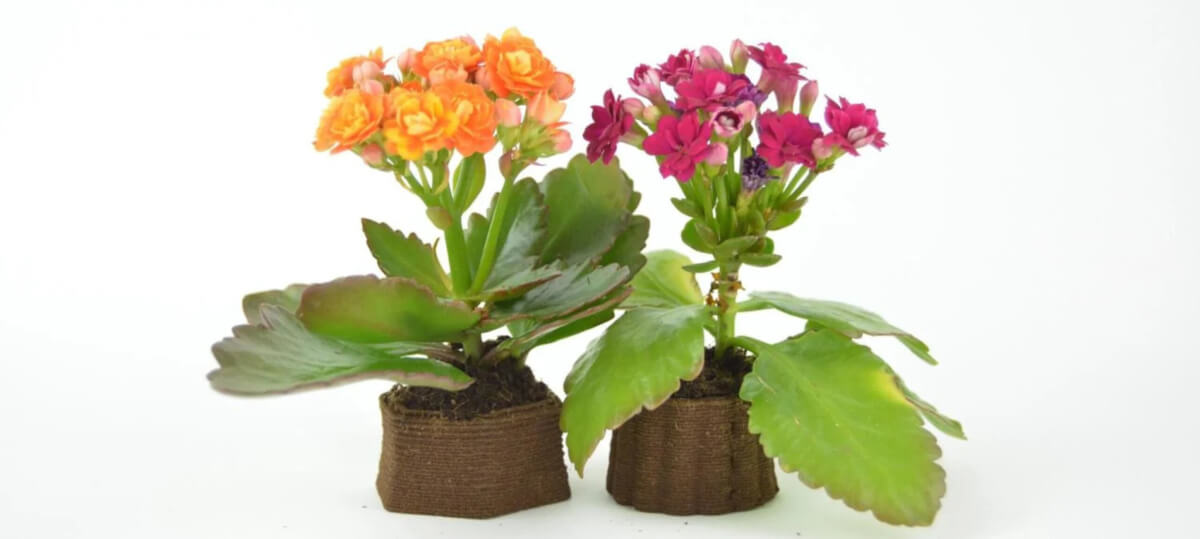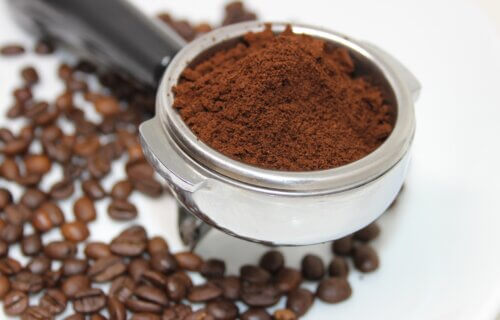BOULDER, Colo. — The coffee grounds used for your morning cup of java can do much more than just wake you up. In a revolutionary approach to sustainability and technology, researchers at the University of Colorado-Boulder have developed a novel method that repurposes used coffee grounds as a material for 3D printing. The team’s project aims to reduce waste and promote environmental consciousness in the realm of 3D printing.
This inventive technique allows for the creation of various objects, including jewelry, plant pots, and even espresso cups, using a paste made from old coffee grounds, water, and a few sustainable ingredients. The method is versatile enough to be adapted for use with most low-cost, consumer-grade 3D printers.

Presenting their findings at the Association for Computing Machinery’s Designing Interactive Systems conference in Pittsburgh, CU Boulder scientists showcased the potential of coffee grounds in crafting durable, eco-friendly items. The project aligns with the researchers’ mission to enhance the sustainability of 3D printing, enabling the production of practical objects without contributing to landfill waste.
“Our vision is that you could just pick up a few things at a supermarket and online and get going,” says study lead author Michael Rivera, an assistant professor in the ATLAS Institute and Department of Computer Science at CU Boulder, in a media release, highlighting the accessibility and ease of this sustainable printing method.
The inspiration for the project sparked in a coffee shop where Rivera, during his graduate studies at Carnegie Mellon University, observed the accumulation of used coffee grounds due to the COVID-19 pandemic disrupting composting efforts. Recognizing the environmental issue posed by the disposal of traditional 3D printing materials, such as polylactic acid (PLA), which can take up to 1,000 years to decompose in landfills, Rivera saw an opportunity to address multiple problems simultaneously.

“The owner told me, ‘I don’t know what to do with it. So I just throw it away,’” explains Rivera when he asked the owner what the shop did with the used coffee grounds. “I looked at the grounds and said, ‘Maybe I can do something with them.’”
The process developed by Rivera and his team involves mixing dried coffee grounds with cellulose gum and xanthan gum — both biodegradable food additives — along with water to achieve a peanut butter-like consistency. The mixture is then loaded into a modified 3D printer equipped with plastic tubes and a syringe, allowing for the printing of objects that, once dried, possess a durability comparable to unreinforced concrete.
Beyond the creation of everyday items, the team has explored adding activated charcoal to the coffee paste to produce conductive components, such as buttons for sustainable electronics. This innovative use of coffee grounds not only offers a way to repurpose waste but also opens the door to discovering other sustainable materials for 3D printing.

“We’ve made objects with a ton of usage,” notes Rivera. “We’ve dropped them, and they haven’t broken yet.”
While Rivera acknowledges that printing with coffee grounds might not become a mainstream practice, he views this project as an essential step towards reducing plastic waste and finding environmentally friendly alternatives for the future of 3D printing. With coffee at its core, the study exemplifies how everyday materials can be transformed into solutions for pressing environmental challenges, offering a glimpse into a more sustainable and creative approach to technology and waste management.
You might also be interested in:
